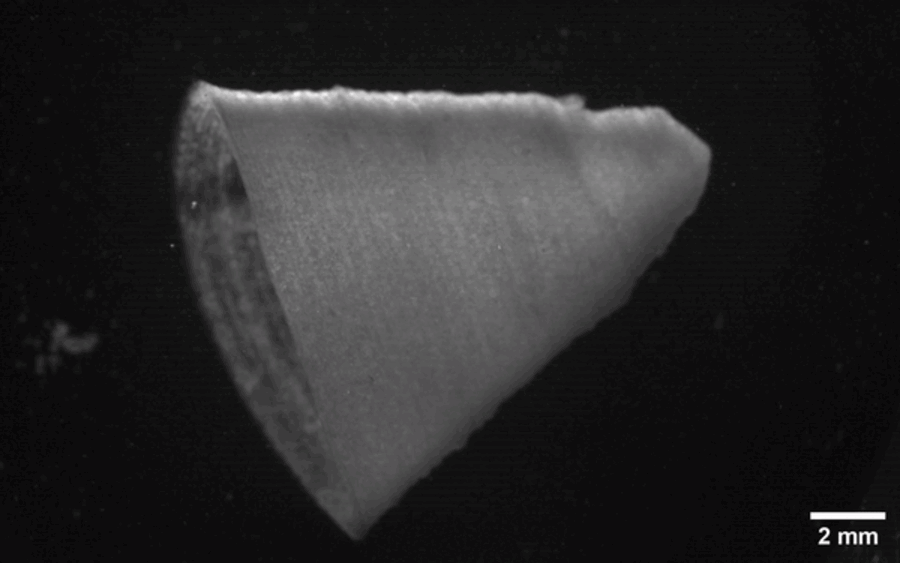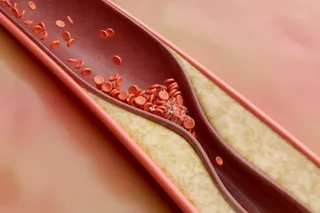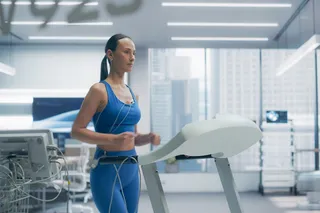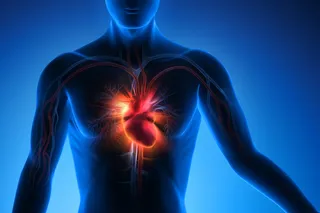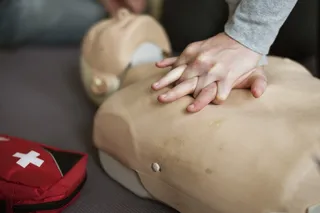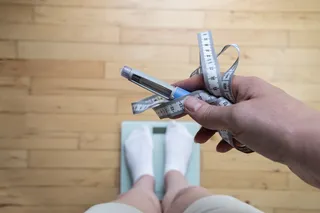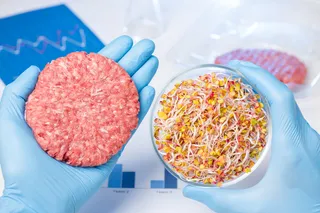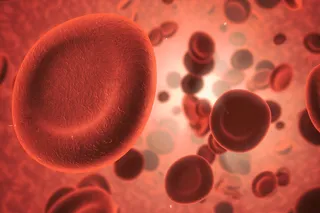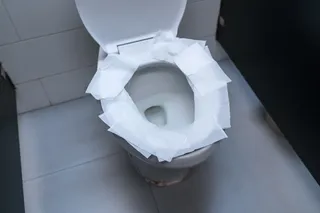The heart is a complex organ with a simple purpose – pump blood in and pump it out again.
It does this through an interconnected network of rectangular heart cells called cardiomyocytes that pump blood into the top of the heart (through the atria) and out through the ventricles at the bottom. Pacemaker cells on the heart keep it ticking away at 60 to 100 beats per minute, depending on the person’s basal heart rate.
Because of the heart’s complexity, attempts to 3D print a model version to use for drug testing, or to even implant inside a living person, have come up short – until now.
Researchers from the Harvard John A. Paulson School of Engineering and Applied Sciences (SEAS) have announced a 3D printed model of a ventricle that beats with its own inherent rhythm when stimulated with electricity. The trick lies in a new kind of Fiber-Infused ...


